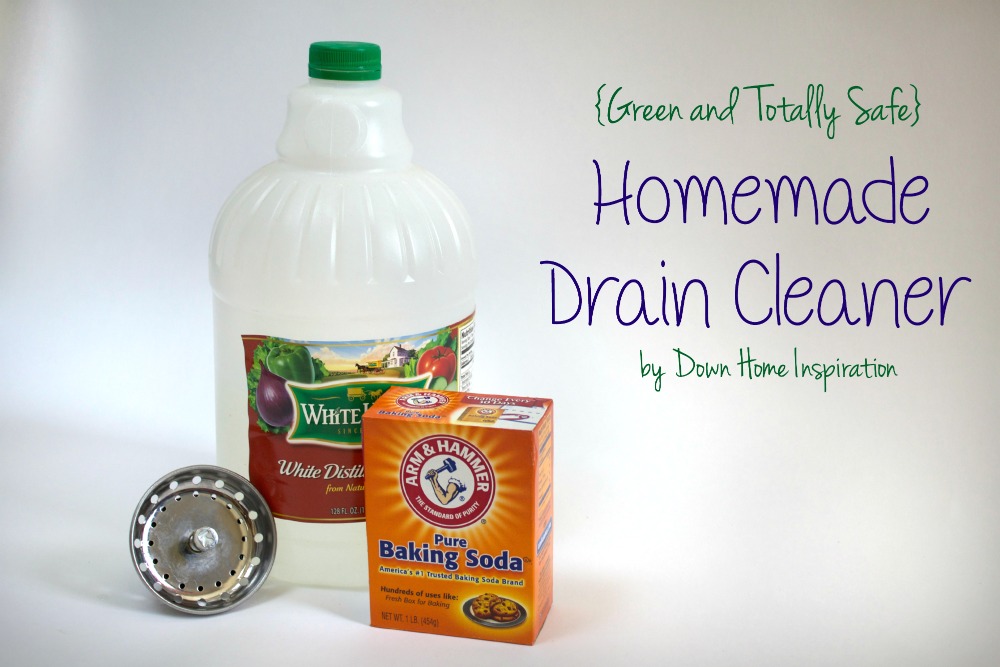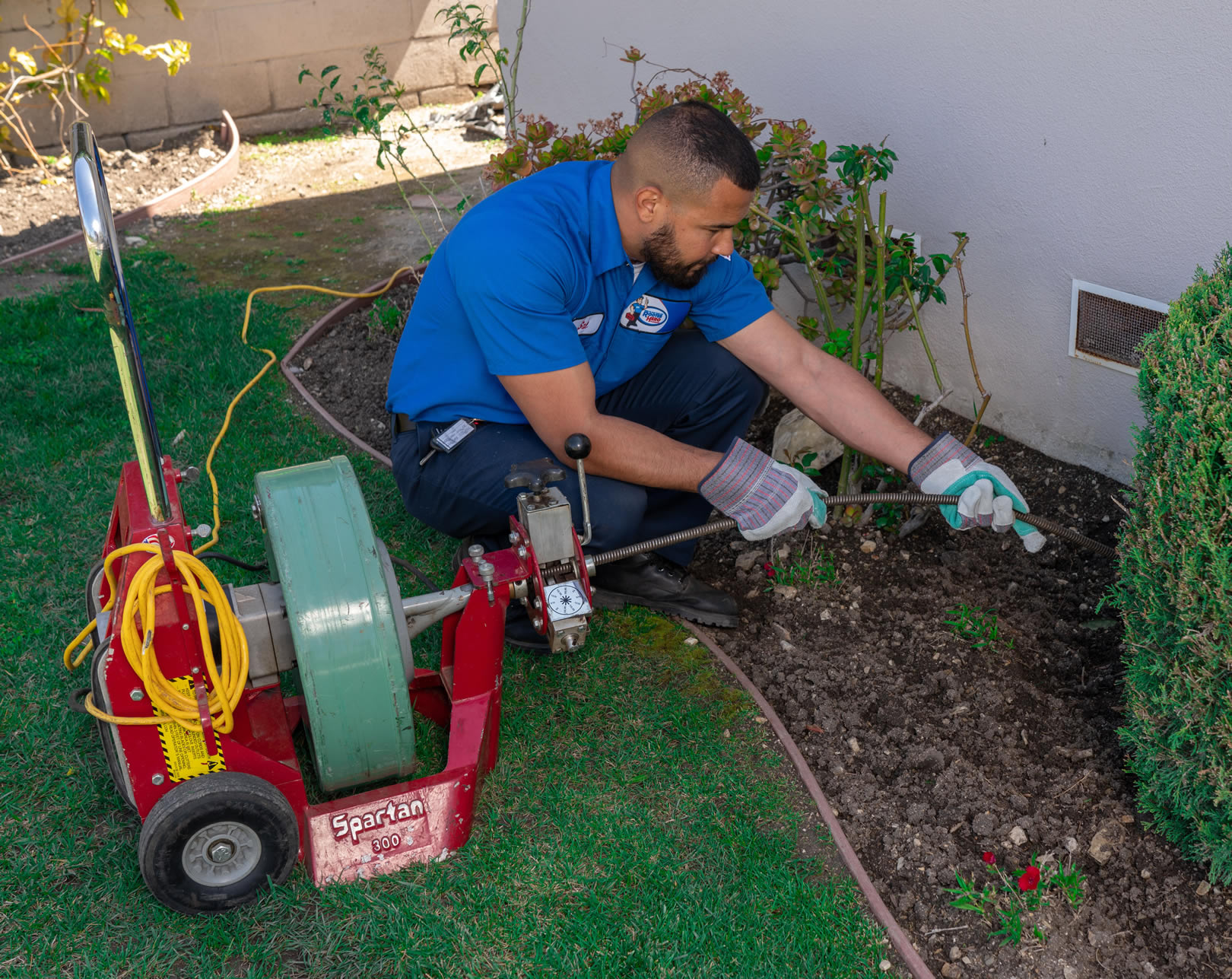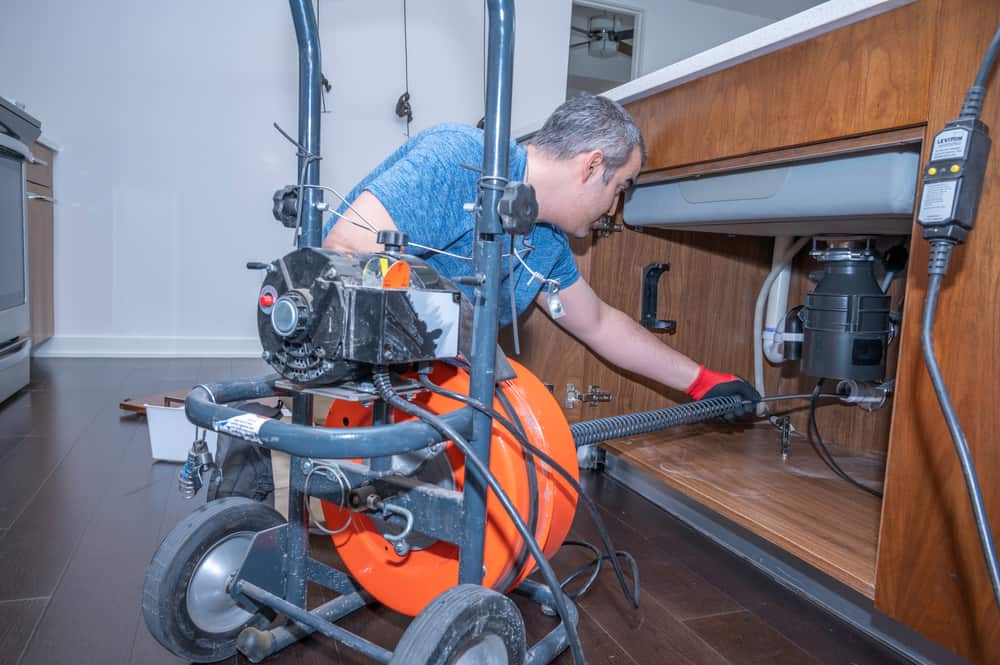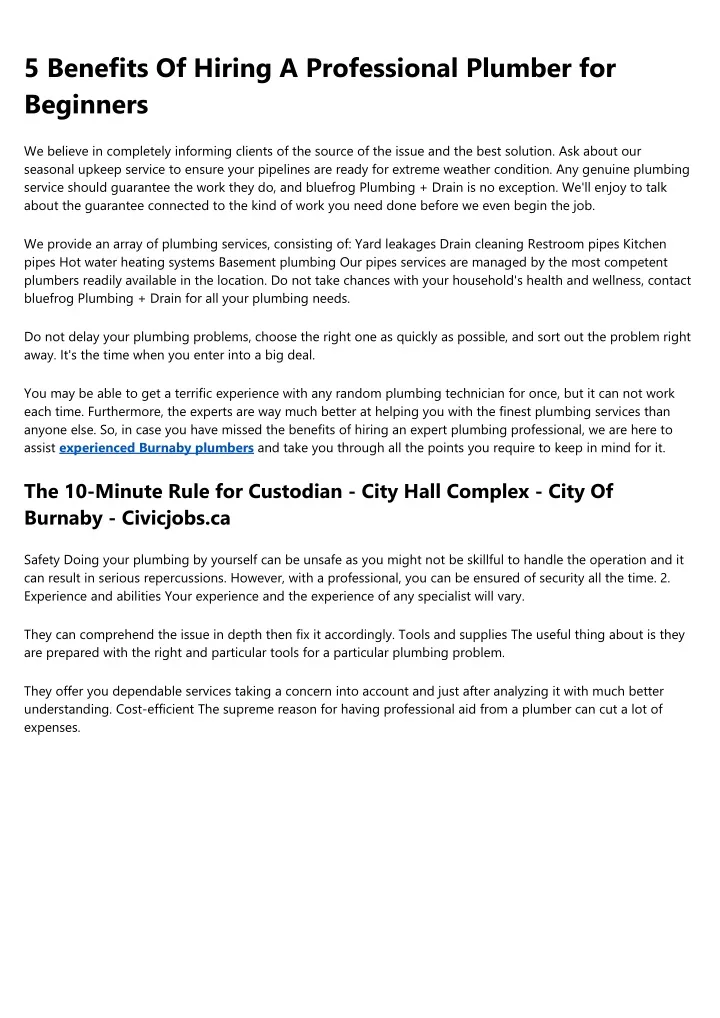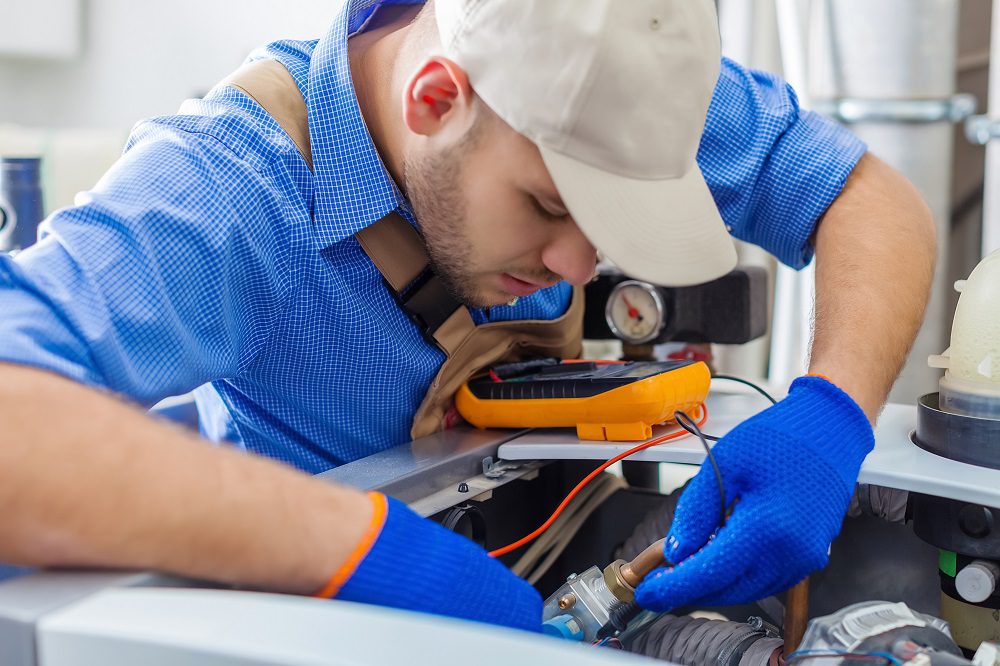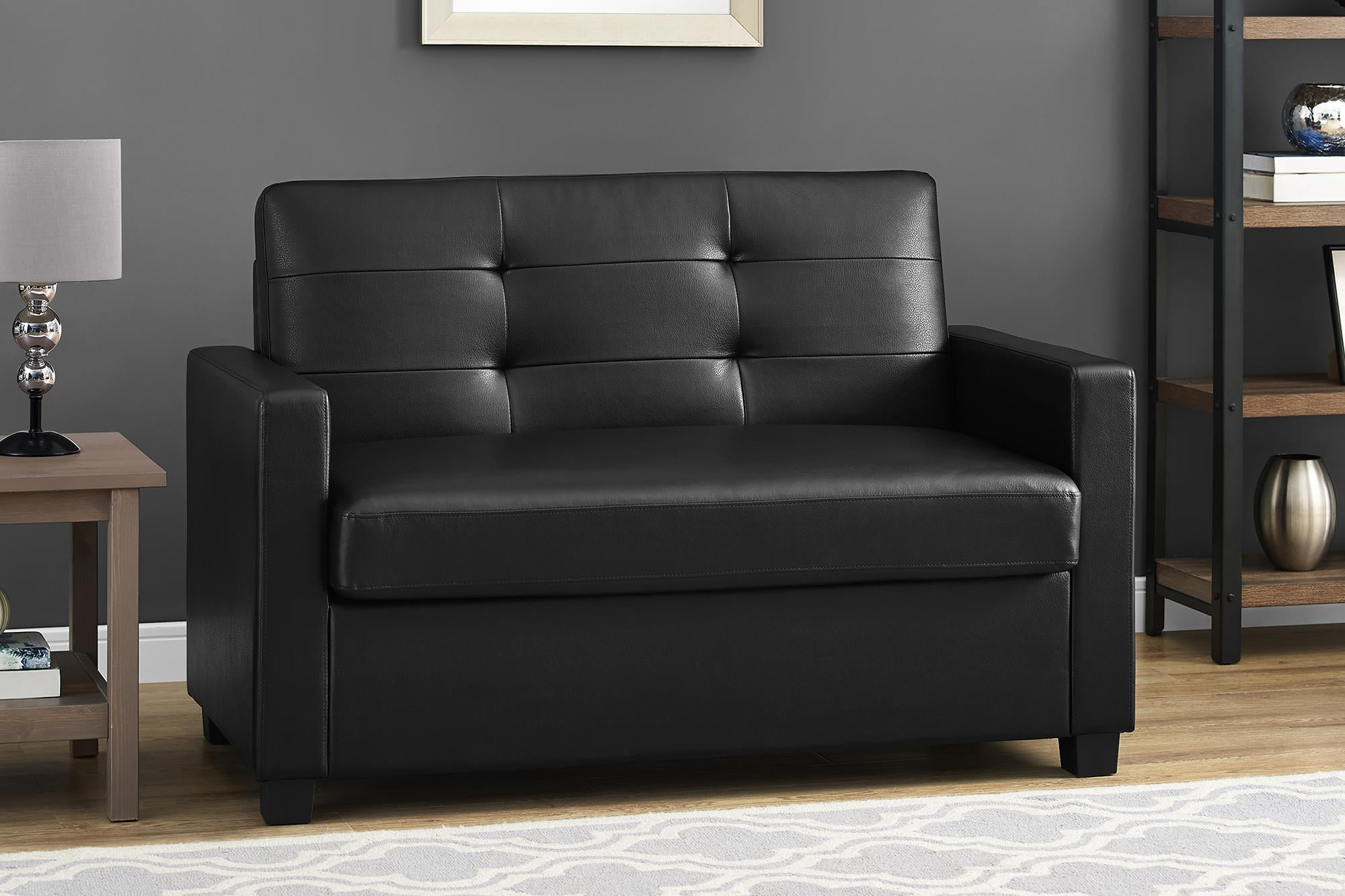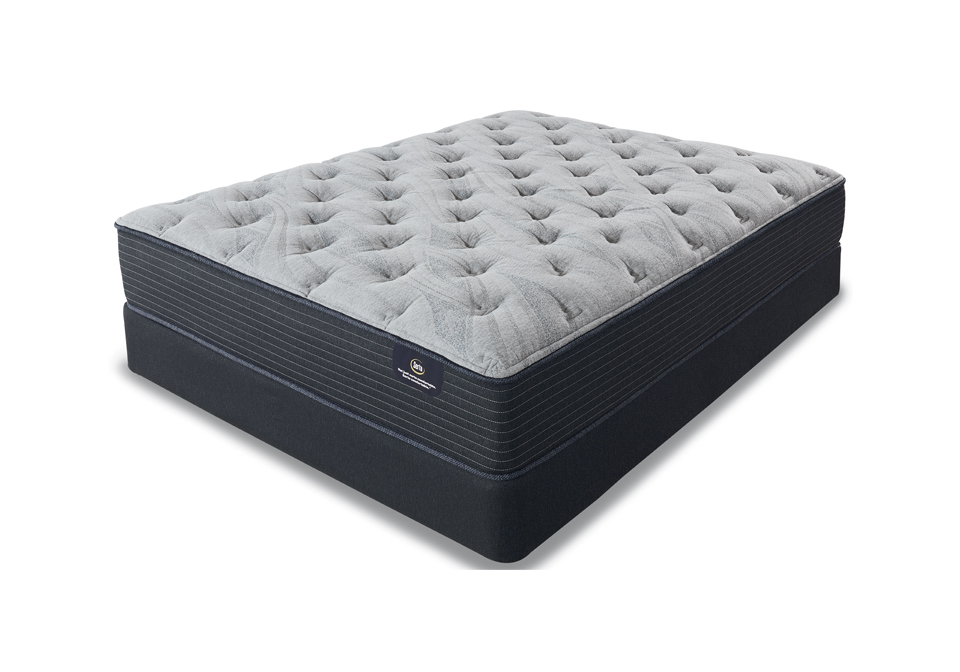1. Use a Plunger to Unclog Your Difficult Kitchen Sink
If your kitchen sink is refusing to drain, the first thing you should try is using a plunger. This trusty tool can often dislodge any clogs that are causing the blockage. To use a plunger, fill your sink with enough water to cover the head of the plunger. Place the plunger over the drain and push down firmly and then pull up quickly. Repeat this motion several times until the water starts to drain. If this method doesn't work, move on to the next solution.
2. Try a Mixture of Baking Soda and Vinegar
For a more natural approach to unclogging your kitchen sink, try using a mixture of baking soda and vinegar. Start by pouring about a cup of baking soda down the drain, followed by a cup of vinegar. The mixture will start to fizz and bubble, which helps to break up any clogs. Let the mixture sit for about 15 minutes, then pour hot water down the drain to flush out the clog.
3. Use a Drain Snake to Remove Stubborn Clogs
If your sink is still not draining, it's time to bring out the big guns - a drain snake. This tool, also known as a plumbing auger, can reach deep into your pipes to remove any stubborn clogs. Insert the snake into the drain and turn the handle to push it further into the pipes. Once you feel resistance, start turning the handle in the opposite direction to break up the clog. Keep pushing and turning until the clog is cleared.
4. Pour Boiling Water Down the Drain
If you're dealing with a grease clog, pouring boiling water down the drain can help break it up and clear the blockage. Boil a pot of water on the stove and then carefully pour it down the drain. Be cautious when handling boiling water and make sure to pour it slowly to avoid splashing. This method may take a few tries, but it can be effective in removing grease clogs.
5. Use a Chemical Drain Cleaner
If all else fails, you can try using a chemical drain cleaner to remove the clog. There are many different types available, so make sure to follow the instructions carefully. These cleaners contain harsh chemicals, so make sure to wear gloves and protective eyewear when using them. Also, be aware that they can damage your pipes if used too often, so this should be a last resort option.
6. Remove and Clean the P-Trap
If you're comfortable with a bit of DIY plumbing, you can try removing and cleaning the P-trap under your sink. The P-trap is the curved pipe that is located under your sink and is often the culprit of clogs. Place a bucket under the P-trap to catch any water, then use a wrench to loosen the connections and remove the pipe. Clean out any debris or clogs and then reattach the P-trap. This method can be more time-consuming, but it can be effective in removing stubborn clogs.
7. Use a Wet/Dry Vacuum to Suck Out the Clog
If you have a wet/dry vacuum, you can try using it to suck out the clog in your sink. Set the vacuum to wet mode and cover the overflow opening with a wet cloth. Place the vacuum hose over the drain and turn it on to create a seal. The suction should be strong enough to pull out the clog. If this doesn't work, try covering the drain with a plunger and using the vacuum to create a stronger seal.
8. Try a Homemade Drain Cleaner with Salt and Baking Soda
If you prefer a more natural approach, you can make your own drain cleaner using salt and baking soda. Mix equal parts of both ingredients and pour them down the drain. Let it sit for 15-30 minutes, then pour hot water down the drain to flush out the clog. This mixture can help to break up any debris or greasy buildup in your pipes.
9. Use a Plumbing Auger for Stubborn Clogs
If a regular drain snake isn't doing the trick, you may need to use a plumbing auger. This tool is longer and can reach deeper into your pipes to remove tough clogs. It works the same way as a regular drain snake, but it may be more effective for larger or more stubborn clogs.
10. Call a Professional Plumber for Help
If all else fails, it's time to call in the experts. A professional plumber will have the tools and expertise to remove even the most difficult clogs in your kitchen sink. They can also inspect your pipes and make any necessary repairs to prevent future clogs. While it may cost more than DIY methods, it's a worthwhile investment to keep your sink running smoothly.
Don't let a clogged kitchen sink ruin your day. With these 10 methods, you can easily unclog your difficult kitchen sink and get back to your daily routine. Remember to always take precautions when using chemicals or handling hot water and know when it's time to call a professional for help. Keep your sink clean and clear to ensure it continues to function properly in the future.
Why a Clogged Kitchen Sink Can Be a Nightmare

The Importance of a Functional Kitchen Sink
 Having a clogged kitchen sink can quickly turn into a homeowner's worst nightmare. Not only does it disrupt daily tasks such as washing dishes and preparing meals, but it can also lead to unpleasant odors and potential damage to your plumbing system. A functional kitchen sink is essential for any household, and a clogged sink can quickly become a major inconvenience. However, before reaching for harsh chemicals or calling a plumber, there are some simple steps you can take to
unclog a difficult kitchen sink
and get your sink back to working properly.
Having a clogged kitchen sink can quickly turn into a homeowner's worst nightmare. Not only does it disrupt daily tasks such as washing dishes and preparing meals, but it can also lead to unpleasant odors and potential damage to your plumbing system. A functional kitchen sink is essential for any household, and a clogged sink can quickly become a major inconvenience. However, before reaching for harsh chemicals or calling a plumber, there are some simple steps you can take to
unclog a difficult kitchen sink
and get your sink back to working properly.
The Causes of a Clogged Kitchen Sink
 There are several reasons why a kitchen sink may become clogged. The most common culprit is food particles and grease that build up over time, especially if you do not have a garbage disposal. Other possible causes include foreign objects, such as utensils or small toys, being accidentally dropped down the drain, or a buildup of soap scum and hair in the drain pipes. No matter the cause, a clogged kitchen sink can cause frustration and inconvenience, but there are some simple solutions to help you
unclog a difficult kitchen sink
and get your sink back to functioning properly.
There are several reasons why a kitchen sink may become clogged. The most common culprit is food particles and grease that build up over time, especially if you do not have a garbage disposal. Other possible causes include foreign objects, such as utensils or small toys, being accidentally dropped down the drain, or a buildup of soap scum and hair in the drain pipes. No matter the cause, a clogged kitchen sink can cause frustration and inconvenience, but there are some simple solutions to help you
unclog a difficult kitchen sink
and get your sink back to functioning properly.
Simple Solutions for Unclogging a Kitchen Sink
 Before reaching for harsh chemicals, try these simple solutions to
unclog a difficult kitchen sink
:
1. Use a plunger: A plunger can be an effective tool for unclogging a kitchen sink. Make sure to cover the drain completely and use a back-and-forth motion to create suction and dislodge any clogs.
2. Try a homemade solution: For a more natural approach, you can create a mixture of equal parts baking soda and vinegar and pour it down the drain. Let it sit for about 10 minutes before flushing with hot water.
3. Use a plumbing snake: A plumbing snake, also known as a drain auger, can be used to break up and remove clogs in the drain pipe.
4. Use a commercial drain cleaner: If the above methods do not work, you can try using a commercial drain cleaner. However, be cautious when using these products, as they can be harmful to your pipes and the environment.
Before reaching for harsh chemicals, try these simple solutions to
unclog a difficult kitchen sink
:
1. Use a plunger: A plunger can be an effective tool for unclogging a kitchen sink. Make sure to cover the drain completely and use a back-and-forth motion to create suction and dislodge any clogs.
2. Try a homemade solution: For a more natural approach, you can create a mixture of equal parts baking soda and vinegar and pour it down the drain. Let it sit for about 10 minutes before flushing with hot water.
3. Use a plumbing snake: A plumbing snake, also known as a drain auger, can be used to break up and remove clogs in the drain pipe.
4. Use a commercial drain cleaner: If the above methods do not work, you can try using a commercial drain cleaner. However, be cautious when using these products, as they can be harmful to your pipes and the environment.
Preventing Future Clogs
 To prevent future clogs in your kitchen sink, consider implementing these tips:
1. Use a drain strainer: A drain strainer can help catch food particles and prevent them from going down the drain.
2. Avoid pouring grease down the drain: Instead, let it cool and dispose of it in the trash.
3. Regularly clean your drain: Pouring hot water down the drain can help prevent buildup of grease and other substances.
With these simple solutions and prevention tips, you can easily
unclog a difficult kitchen sink
and keep it functioning properly. However, if the clog persists or you are unsure how to handle it, it's best to call a professional plumber for assistance. A functional kitchen sink is essential for any household, and with these tips, you can keep yours in top working condition.
To prevent future clogs in your kitchen sink, consider implementing these tips:
1. Use a drain strainer: A drain strainer can help catch food particles and prevent them from going down the drain.
2. Avoid pouring grease down the drain: Instead, let it cool and dispose of it in the trash.
3. Regularly clean your drain: Pouring hot water down the drain can help prevent buildup of grease and other substances.
With these simple solutions and prevention tips, you can easily
unclog a difficult kitchen sink
and keep it functioning properly. However, if the clog persists or you are unsure how to handle it, it's best to call a professional plumber for assistance. A functional kitchen sink is essential for any household, and with these tips, you can keep yours in top working condition.



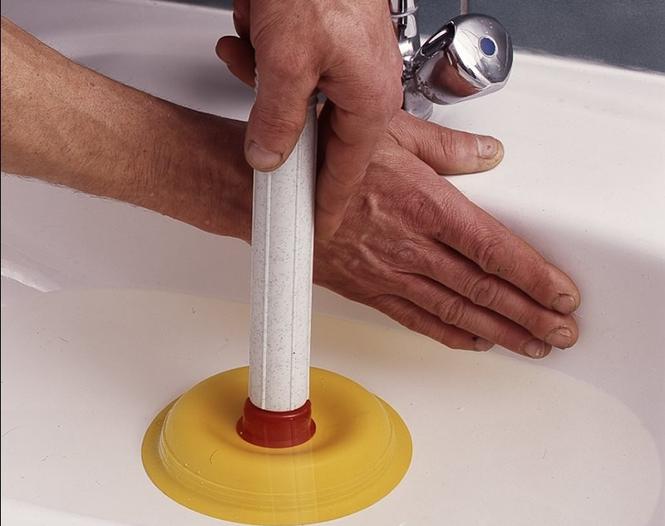
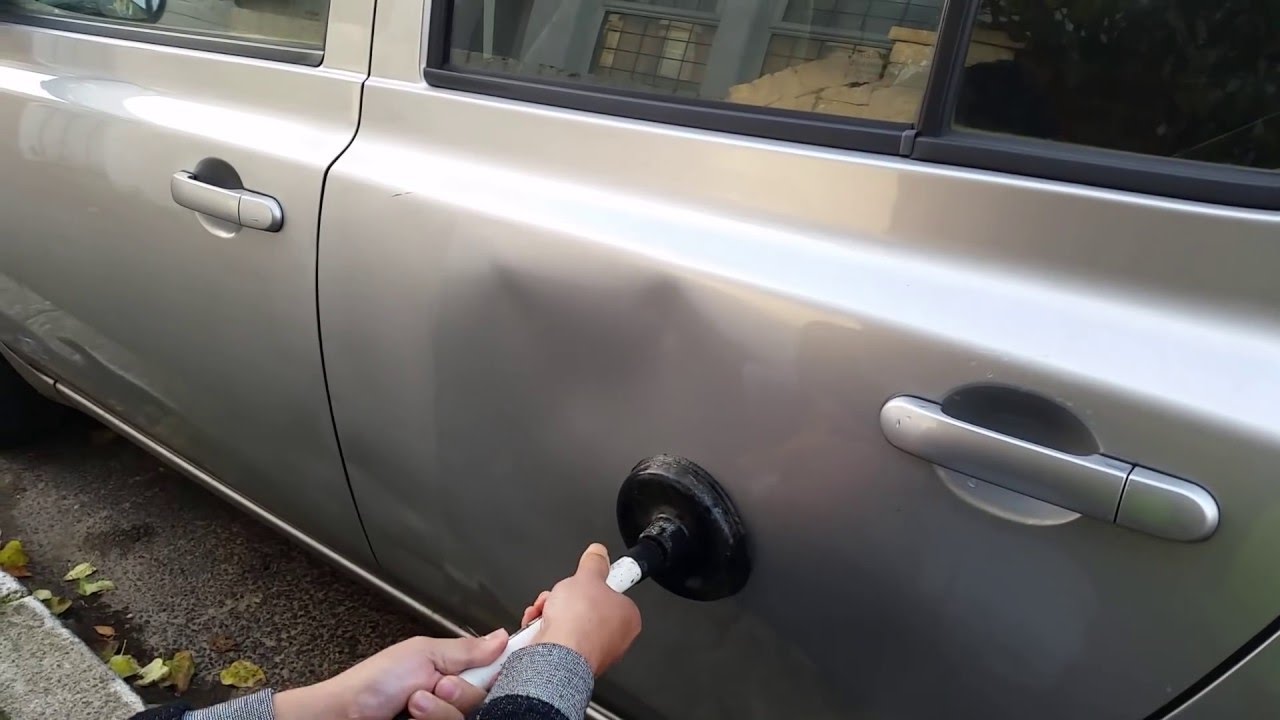











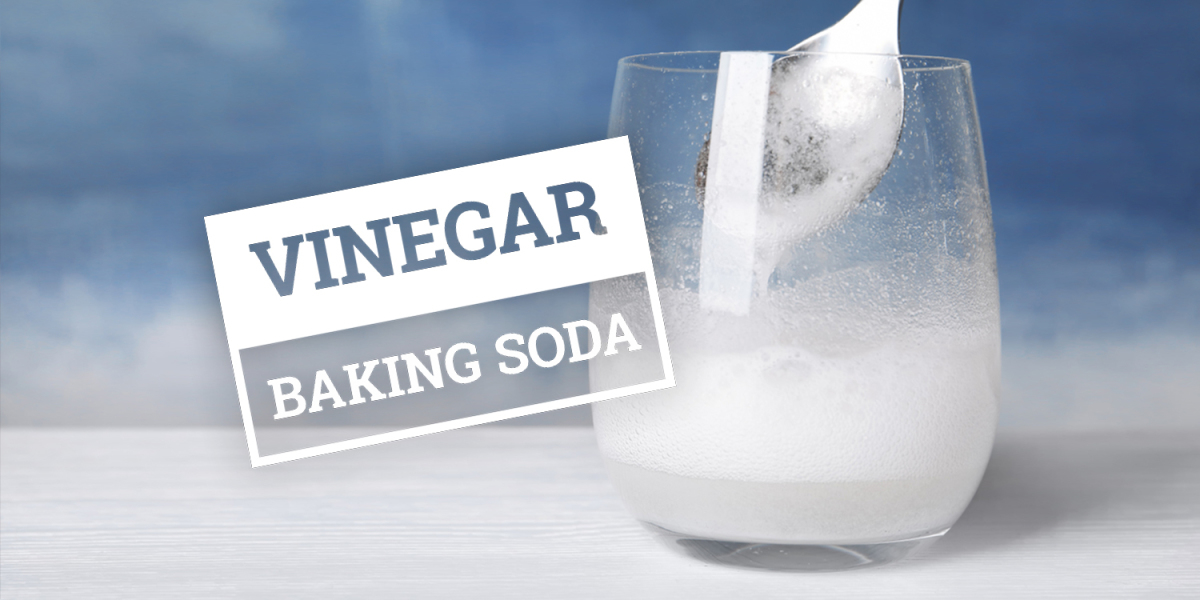

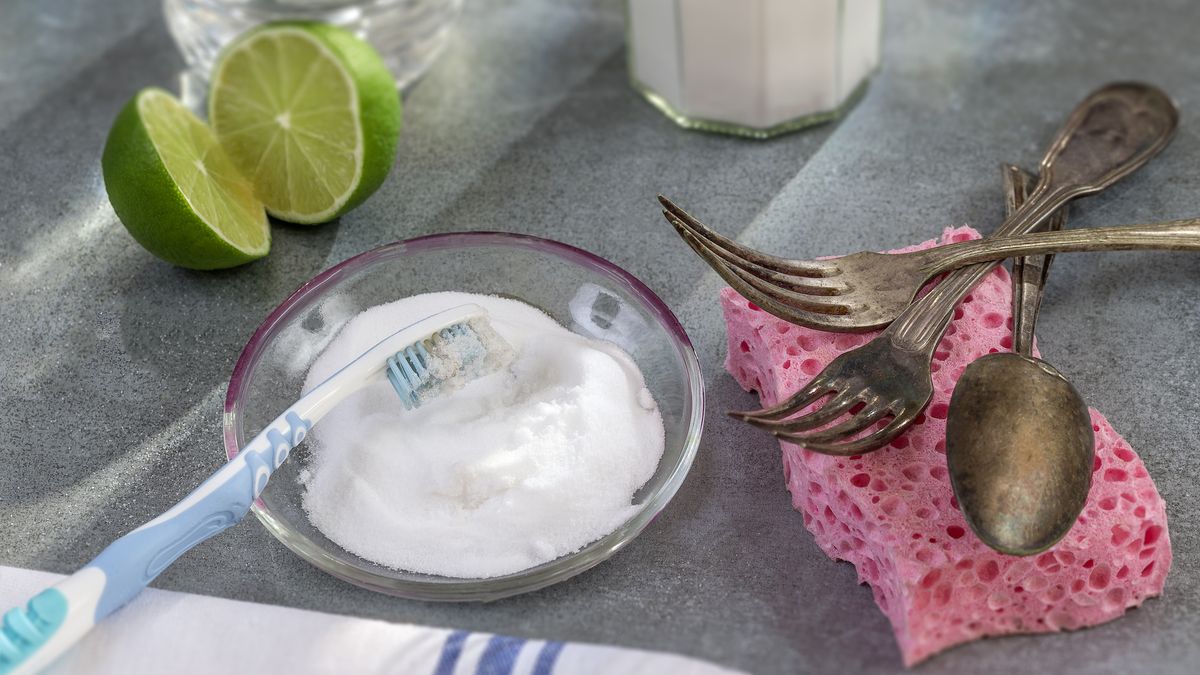

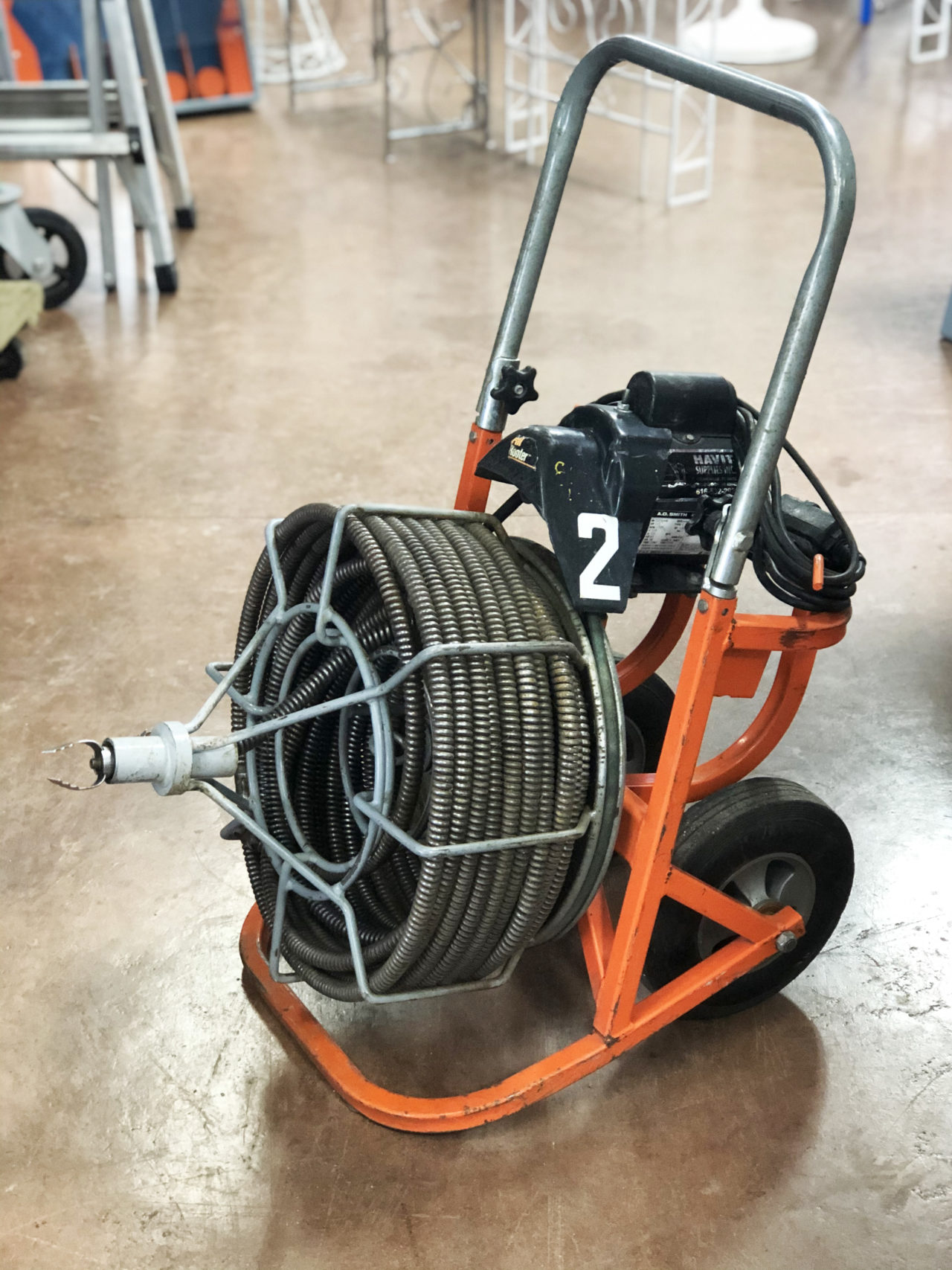
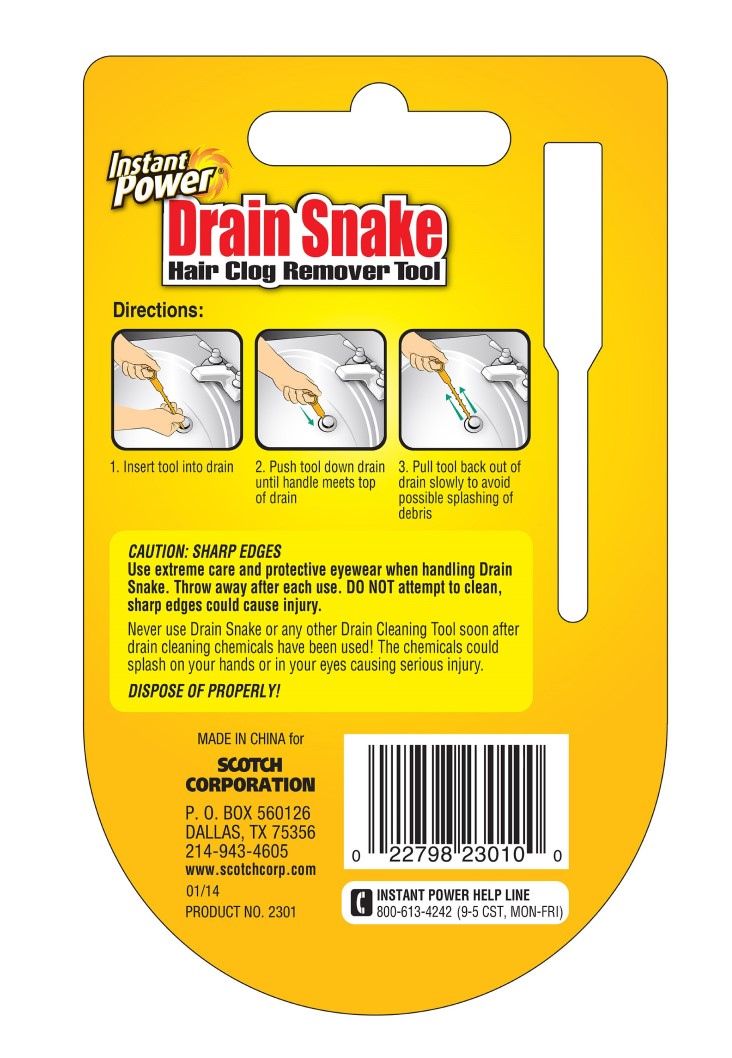


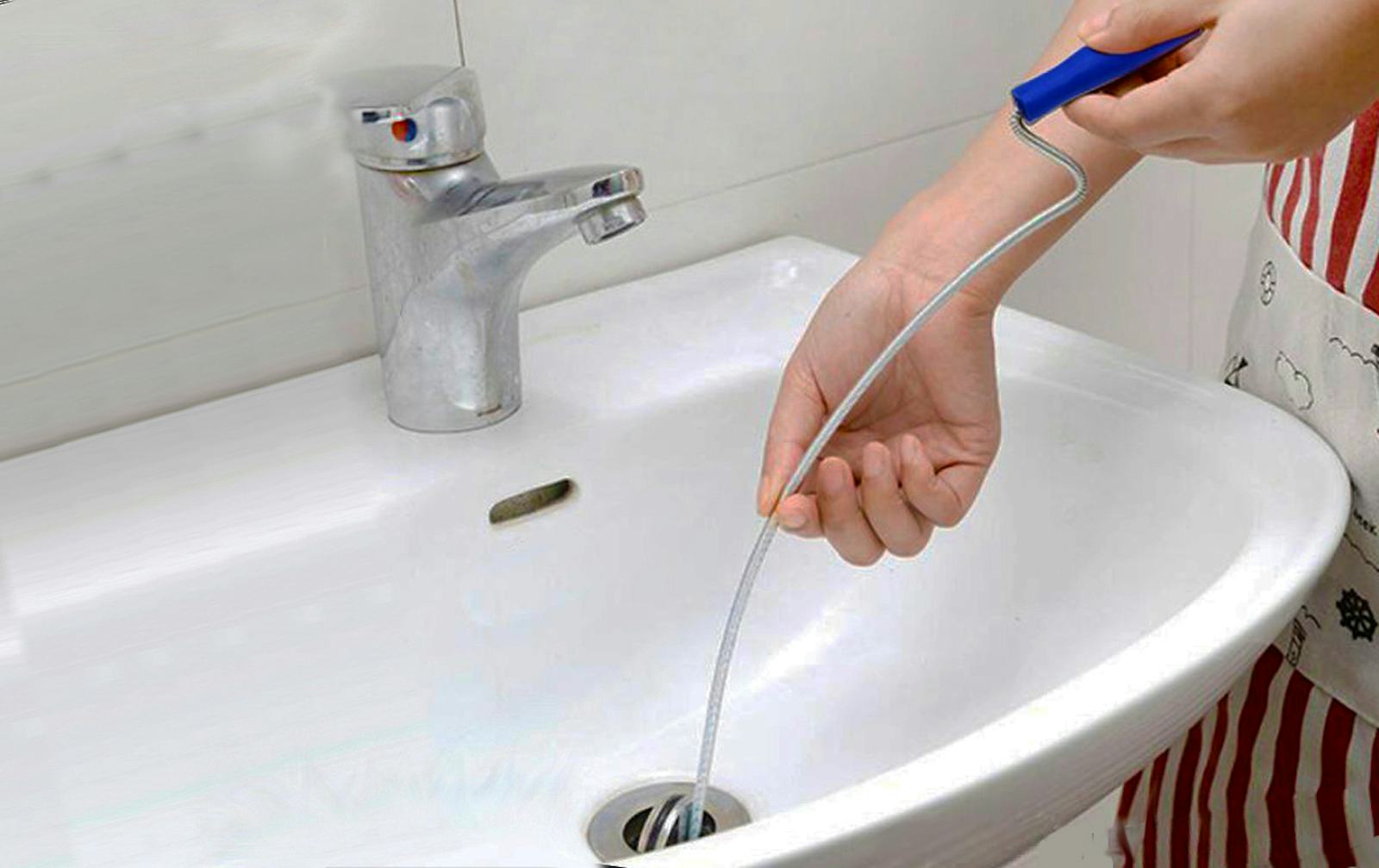




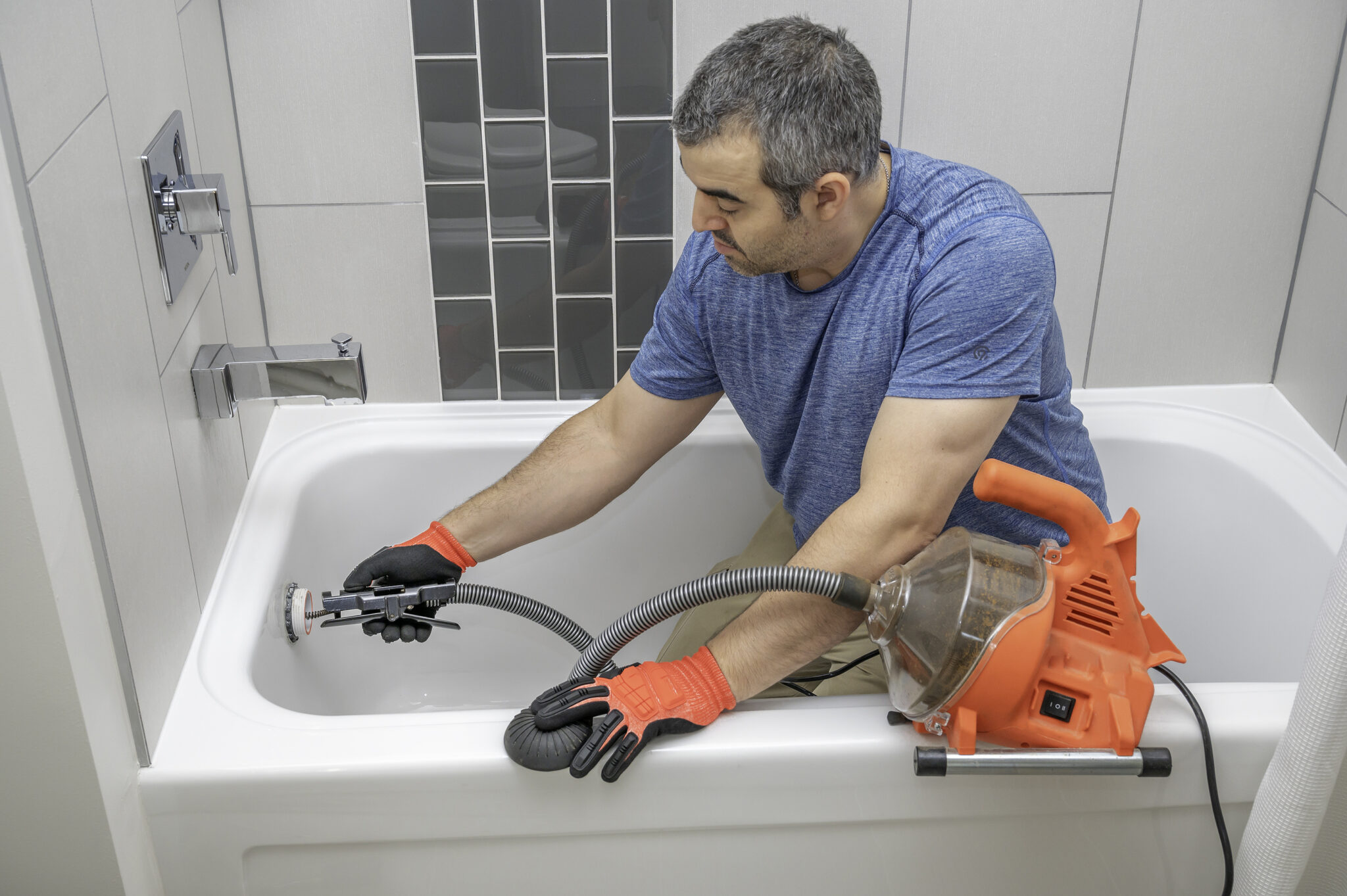

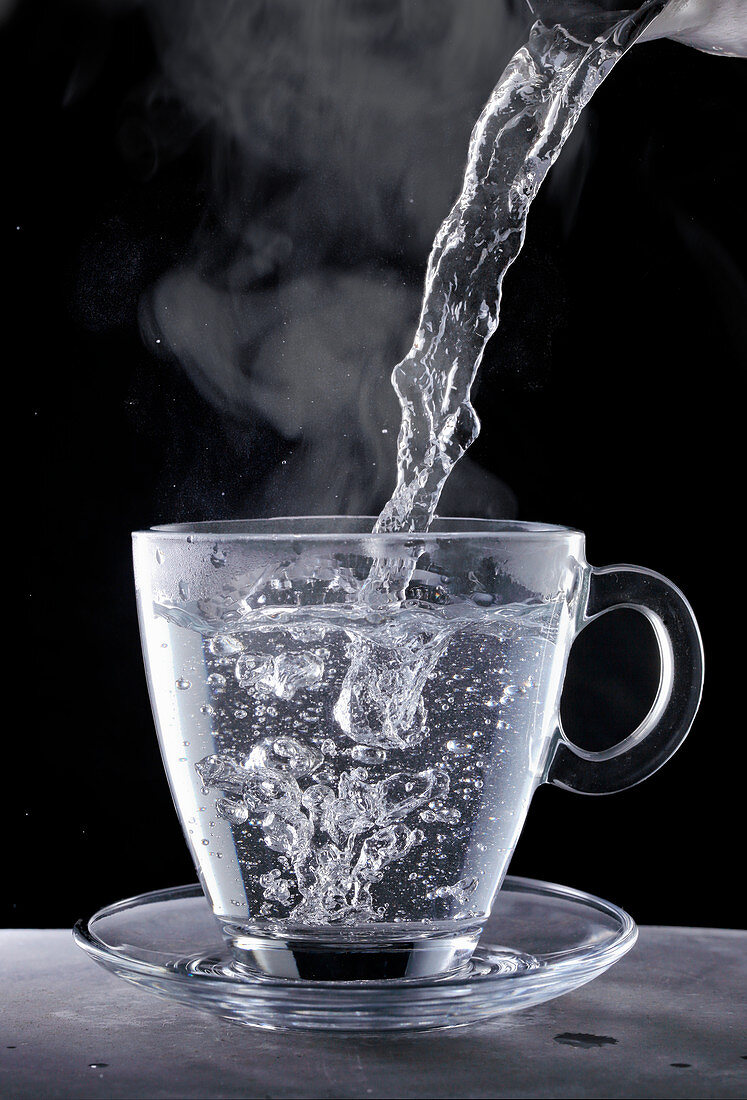


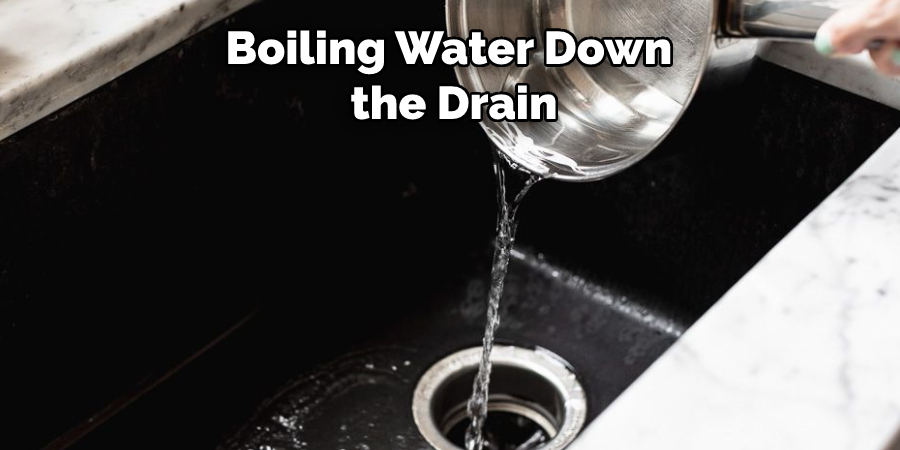
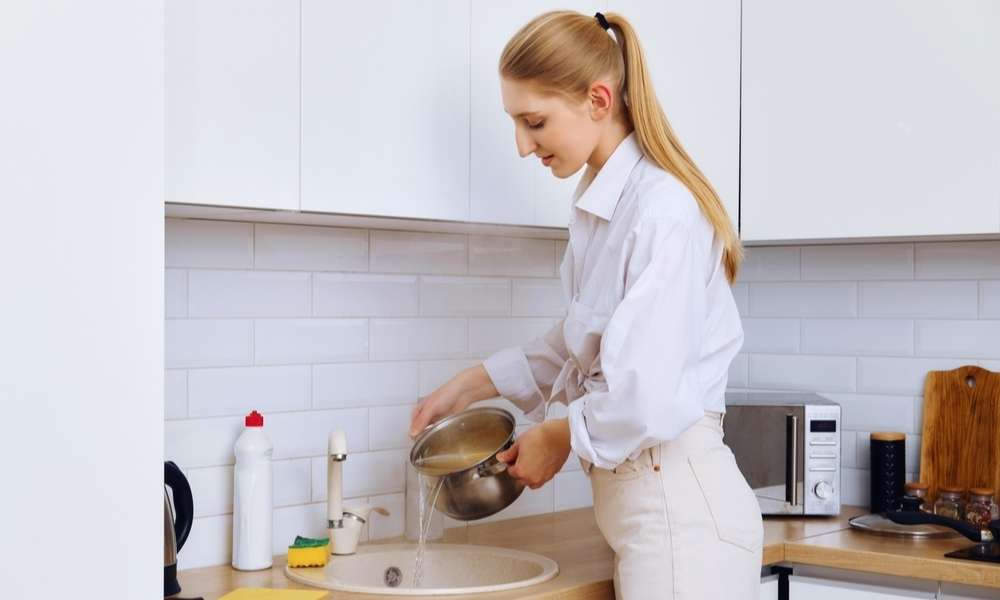
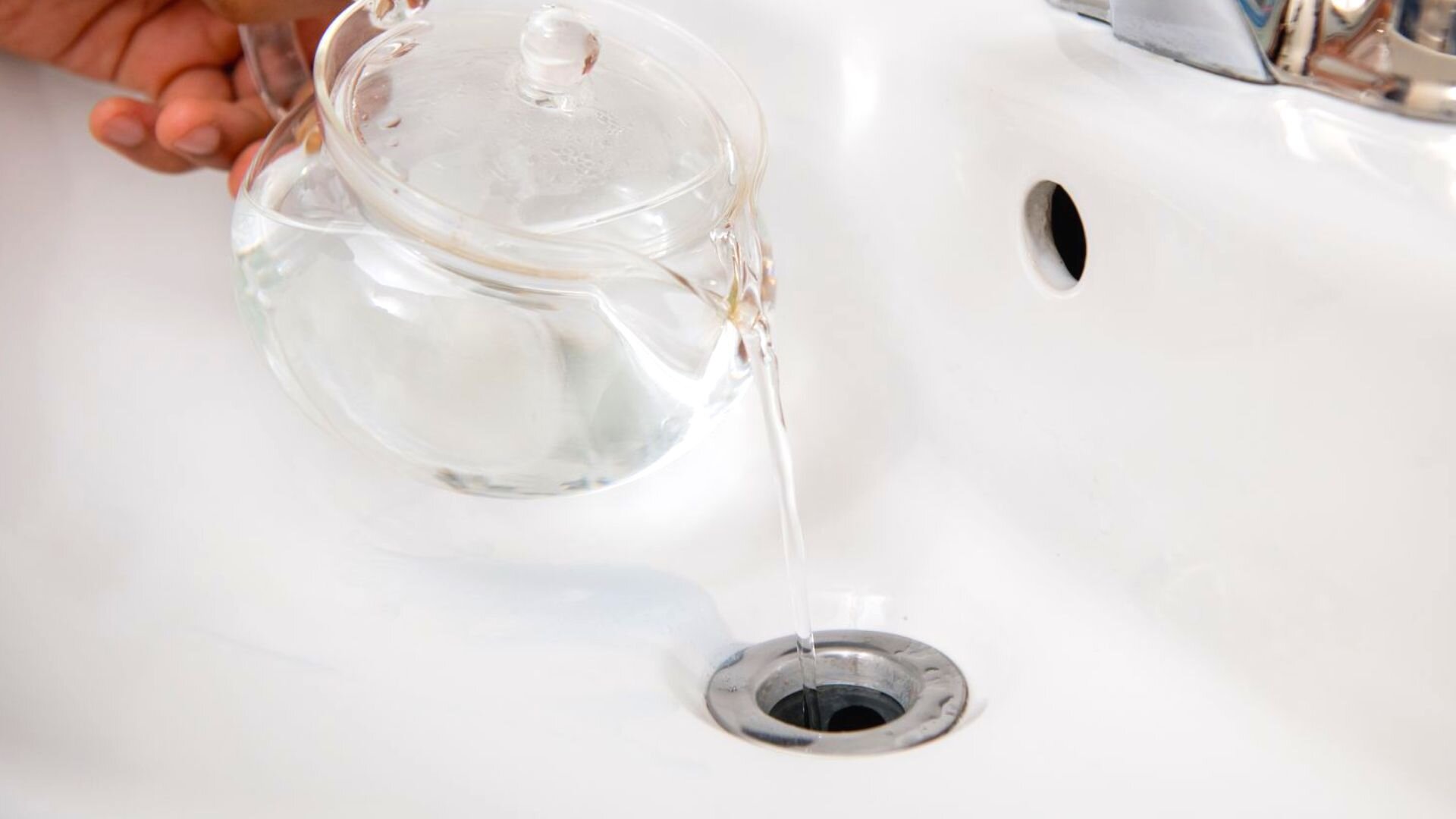

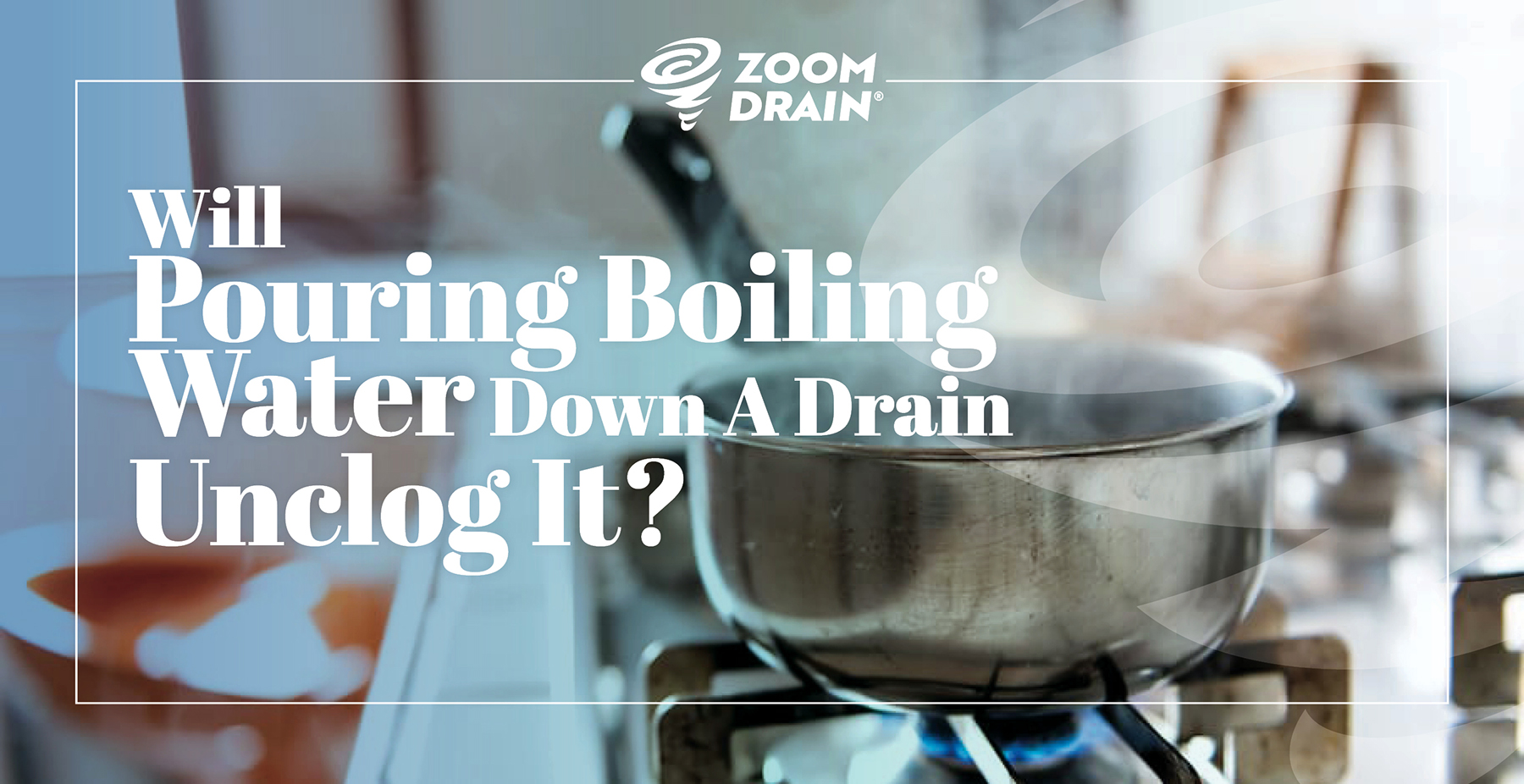

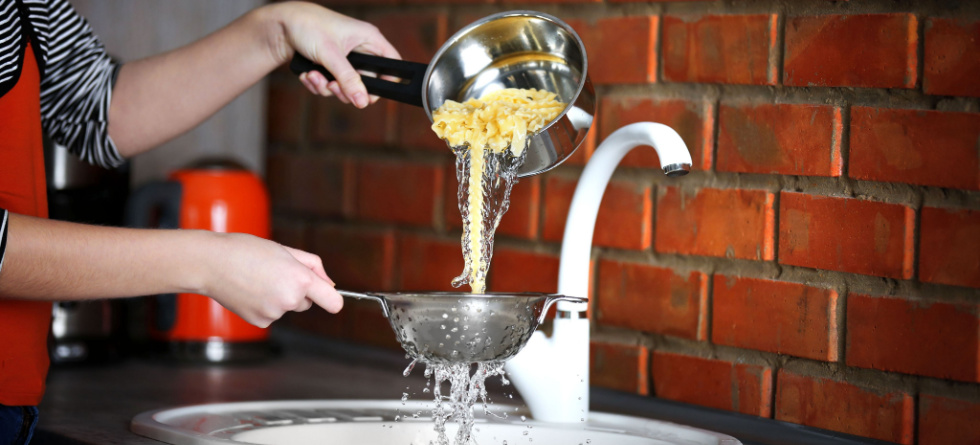


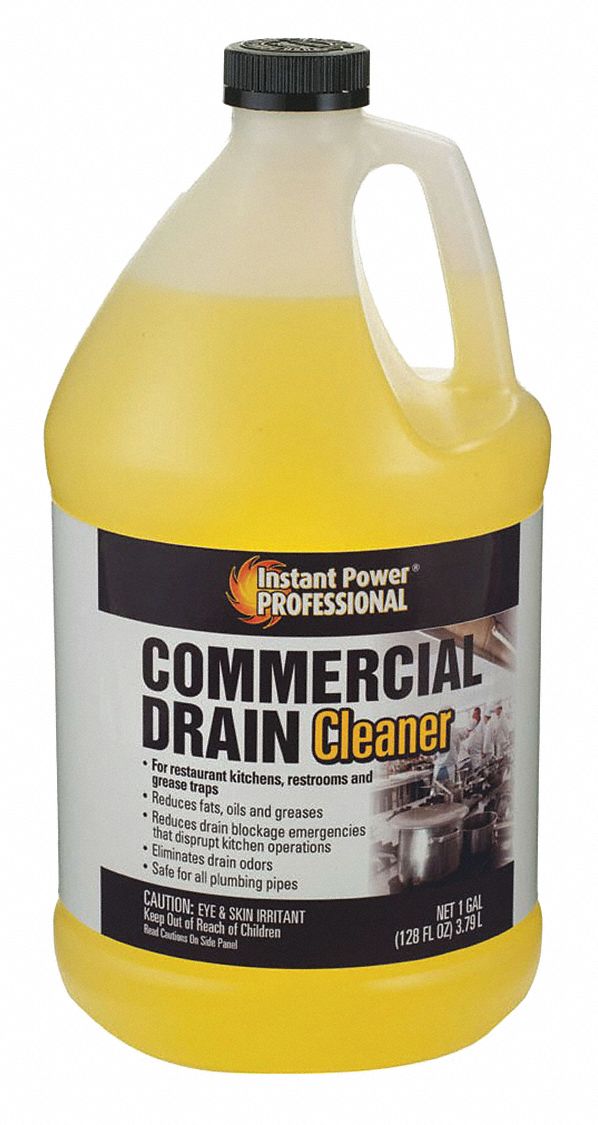




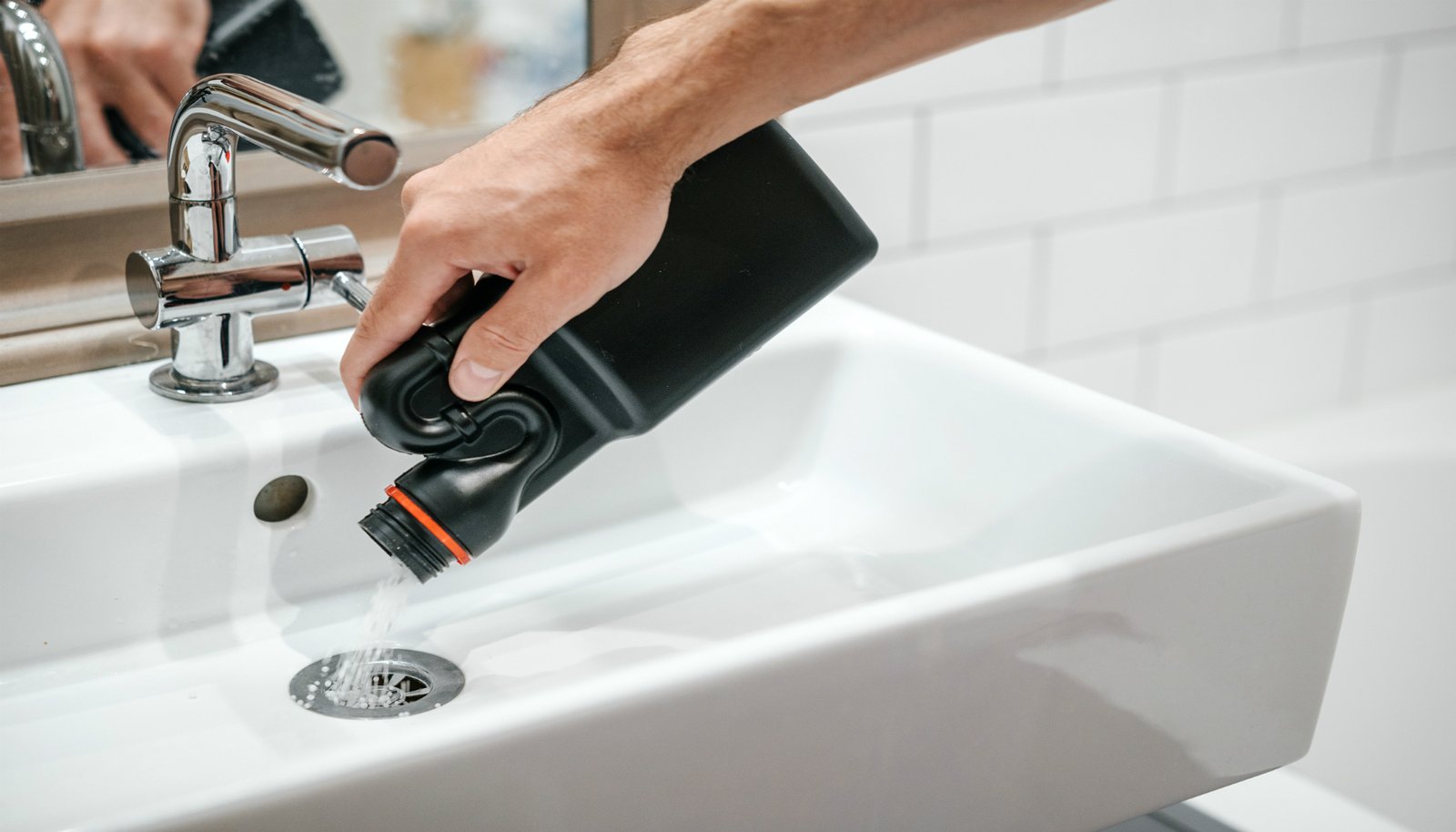


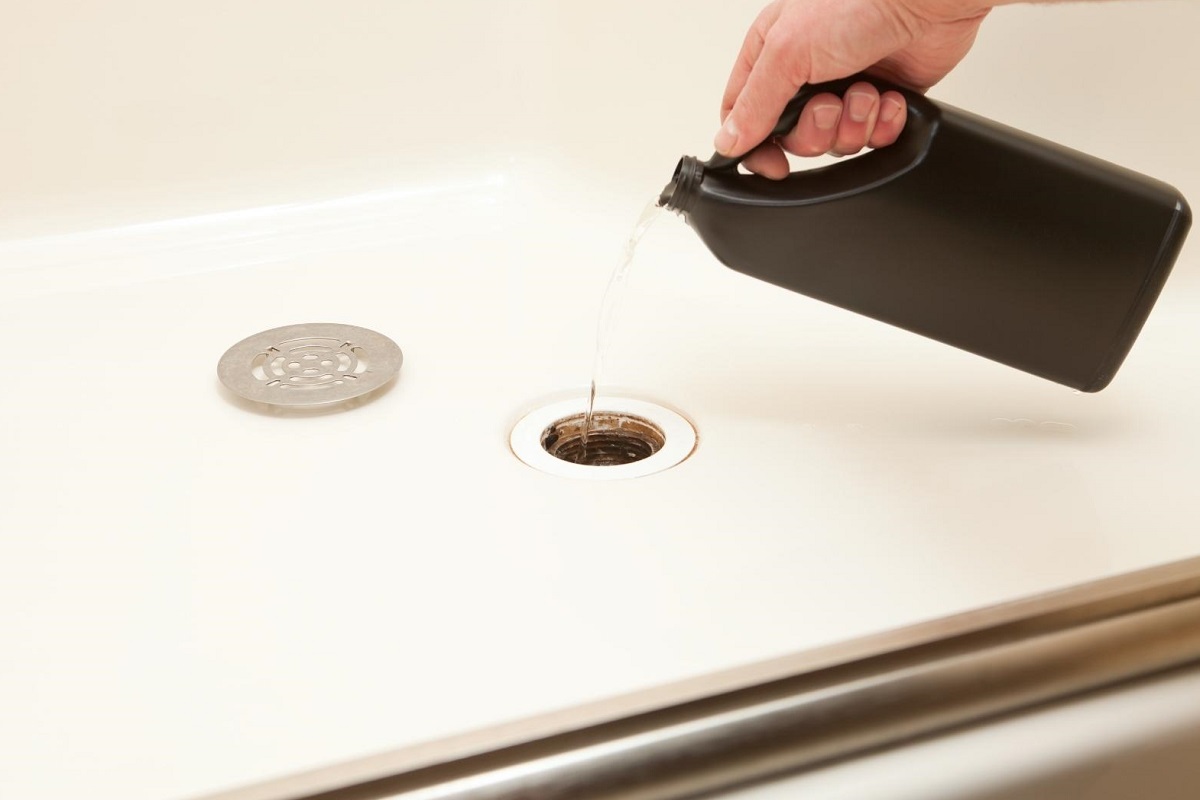
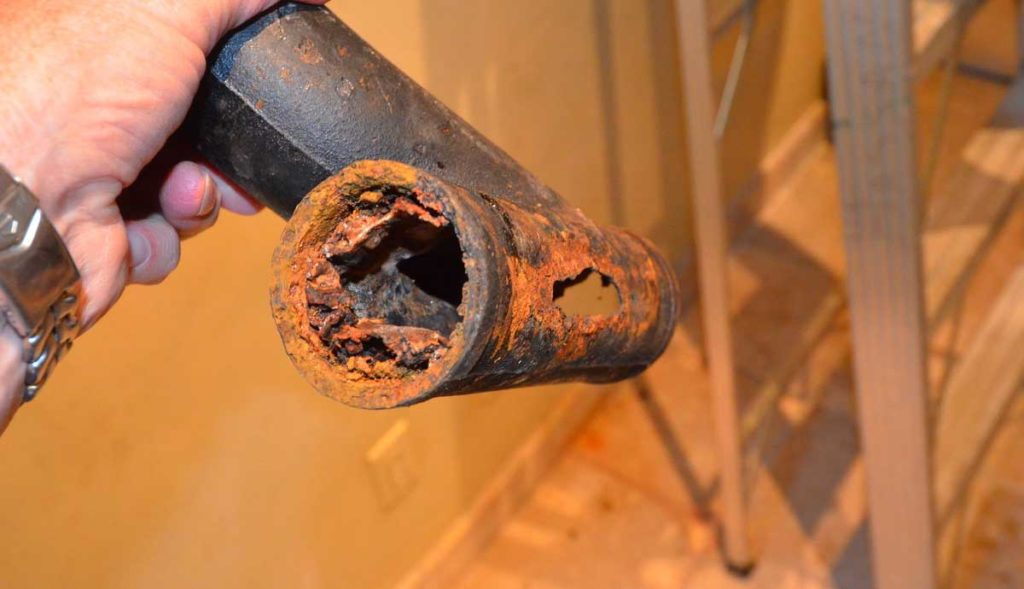






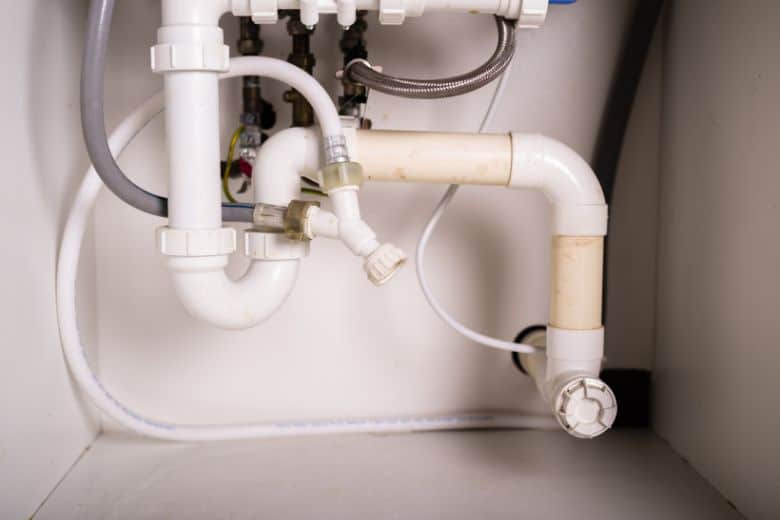

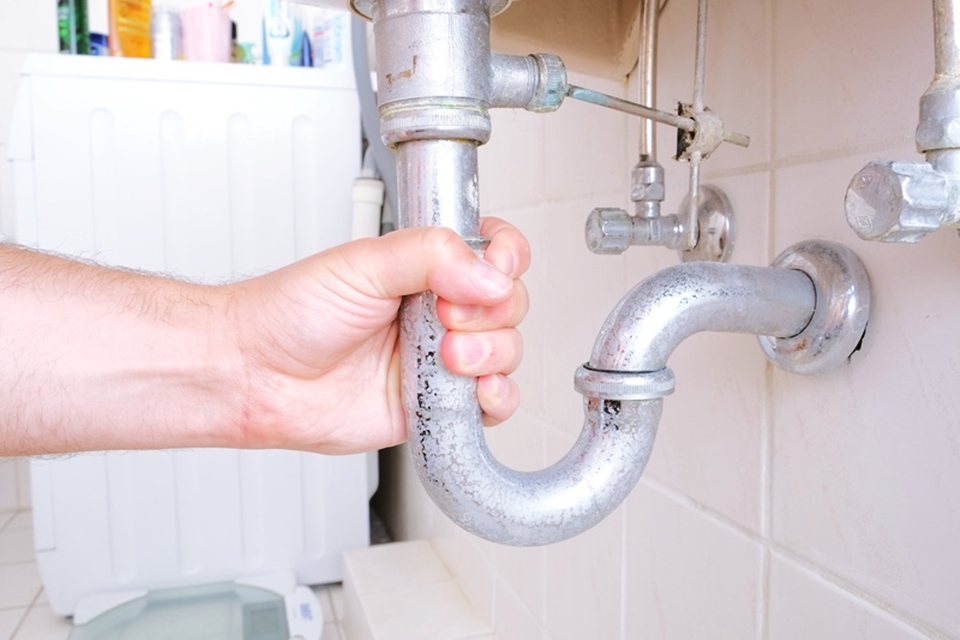




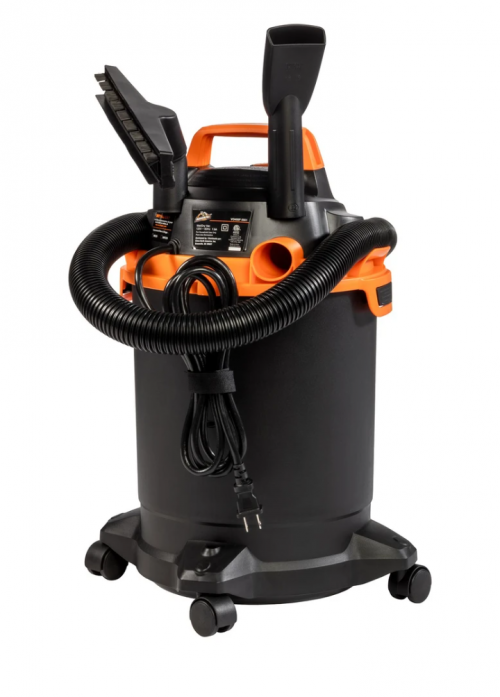



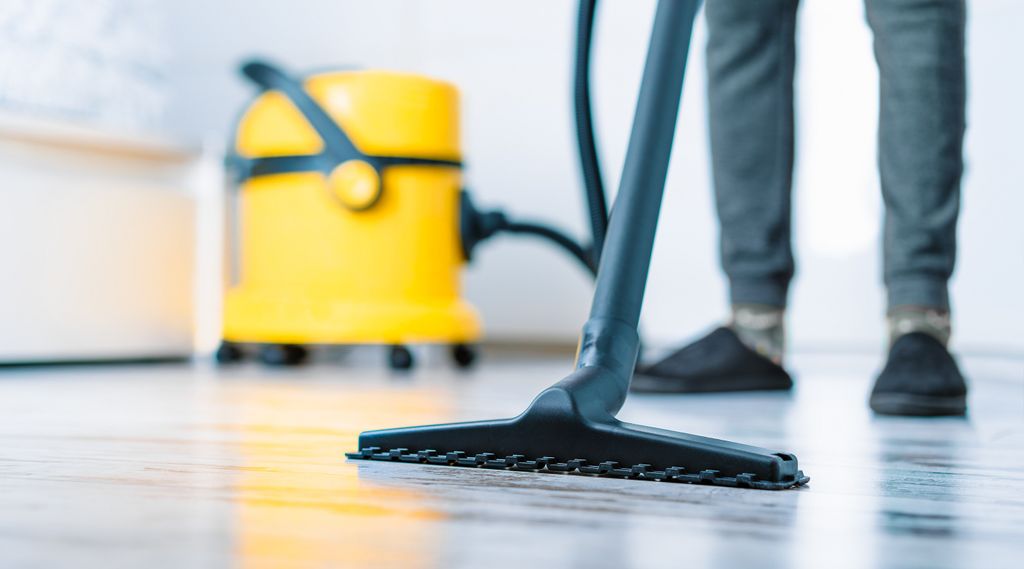



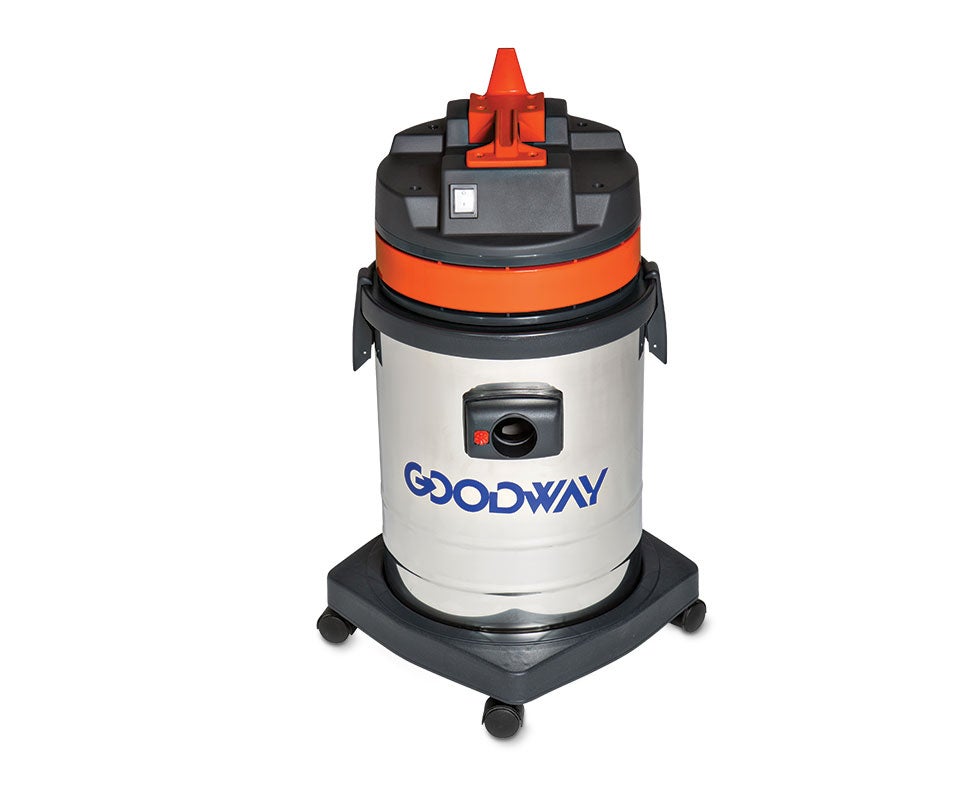



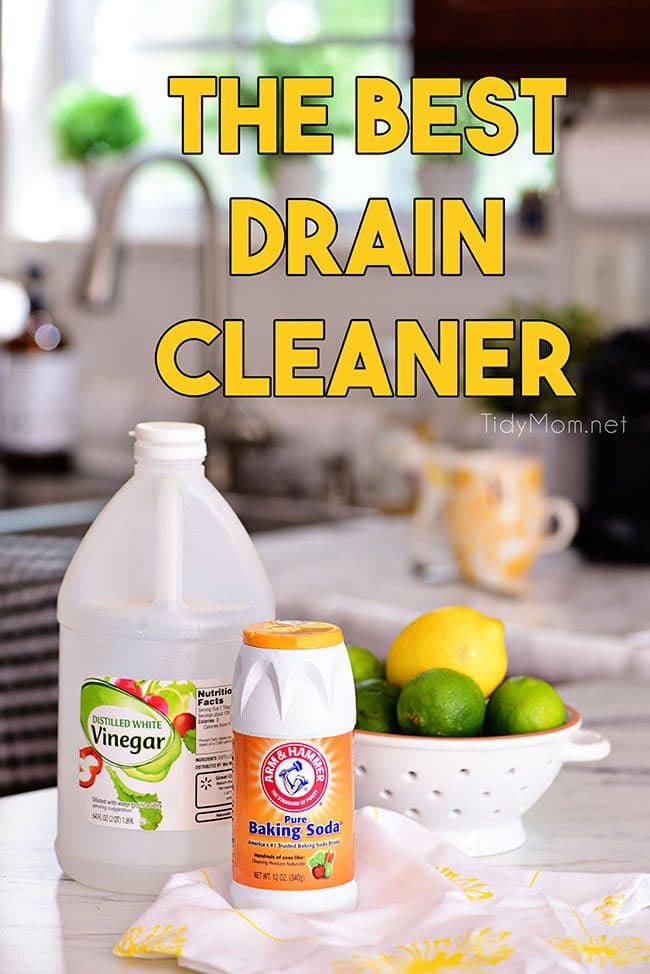





:max_bytes(150000):strip_icc()/freshen-and-unclog-drain-with-baking-soda-1900466-18-1a5b5da01939471ca8f8823865bd1ce8.jpg)
